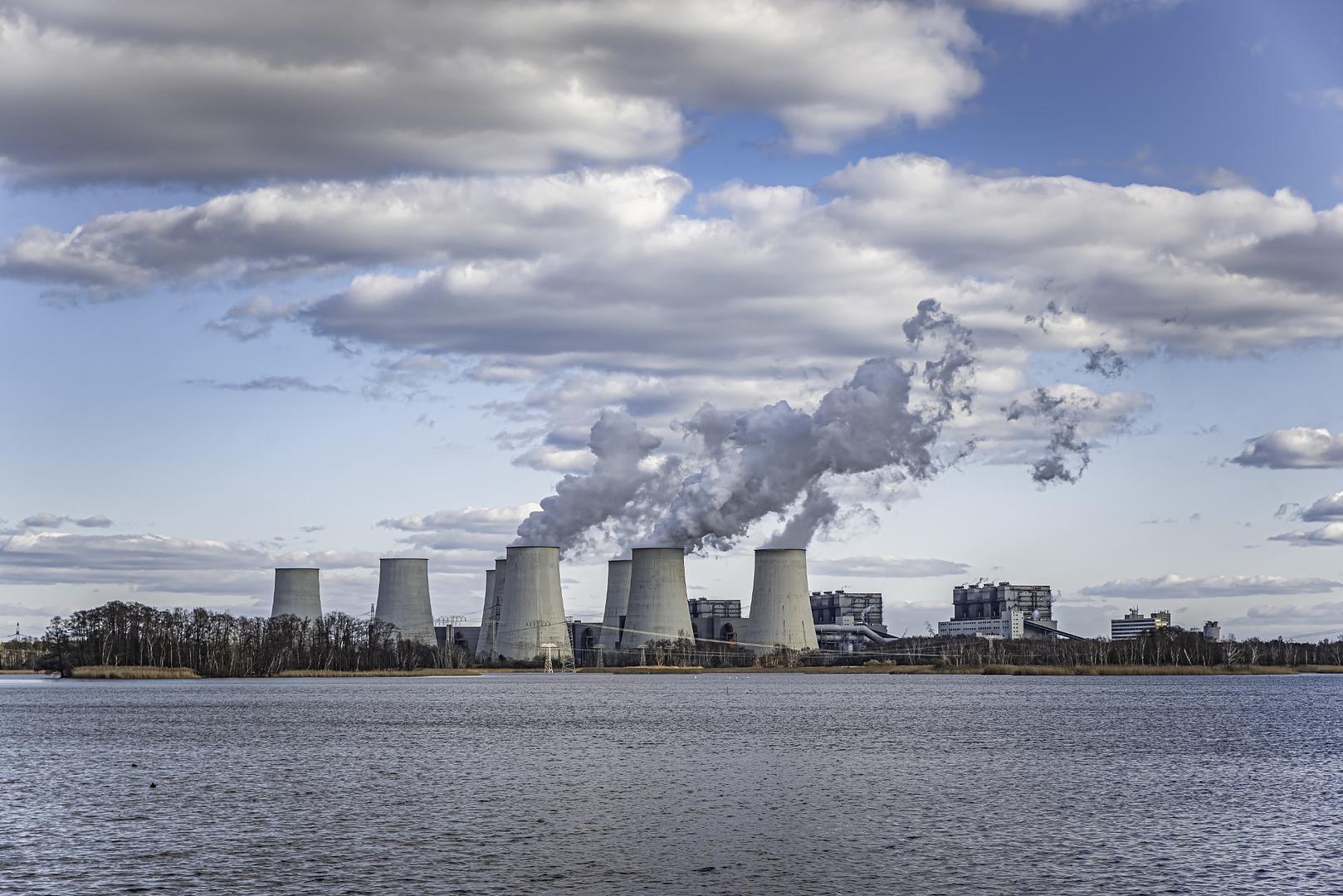Menu
By Wayne Nisley
In 2025, nuclear energy is experiencing a significant comeback. With global electricity demand surging—driven by AI technologies, data centers, and manufacturing—nuclear power is being reconsidered as a reliable, low-carbon energy source. The International Energy Agency (IEA) anticipates that this year will mark the highest global nuclear electricity generation in history, with over 70 gigawatts of nuclear capacity under construction across more than 15 countries.
President Donald Trump has been a vocal proponent of this nuclear revival. In May 2025, he signed a series of executive orders aimed at revitalizing the U.S. nuclear industry. These directives set an ambitious goal: to quadruple U.S. nuclear energy capacity from approximately 100 gigawatts in 2024 to 400 gigawatts by 2050.
"We're going to take the shackles off the nuclear industry," Trump declared during the signing ceremony. "No more waiting 15 years for a permit. No more relying on foreign uranium. We are unleashing American energy—clean, reliable, and patriotic."

This shift has direct implications for the wood industry. Traditionally, biomass from wood has been a key renewable energy source. However, as nuclear energy gains traction, especially with the development of Small Modular Reactors (SMRs) that are quicker and more cost-effective to build, the demand for wood-based biomass may face challenges.
Notably, tech giants like Meta, Microsoft, and Amazon are investing in nuclear energy to power their expansive data centers. For instance, Meta has signed a 20-year agreement to procure power from the Clinton Clean Energy Center in Illinois, highlighting the tech sector's commitment to nuclear energy.
While this resurgence presents competition, it also offers opportunities. The construction and maintenance of nuclear facilities require substantial infrastructure, potentially increasing demand for wood products in areas like scaffolding, formwork, and site accommodations.
Moreover, as the energy landscape evolves, there's potential for collaboration between the nuclear and wood industries to develop hybrid energy solutions, combining the reliability of nuclear with the renewability of biomass.
In conclusion, the nuclear energy revival is reshaping the energy sector. For the wood industry, staying informed and adaptable will be key to navigating this changing landscape and seizing emerging opportunities.
And while energy options are expanding, wood will continue to play a vital role—not just as fuel, but as a building block for the future. Whether it’s used in infrastructure, packaging, or sustainable products, the demand for quality wood isn’t going anywhere.

